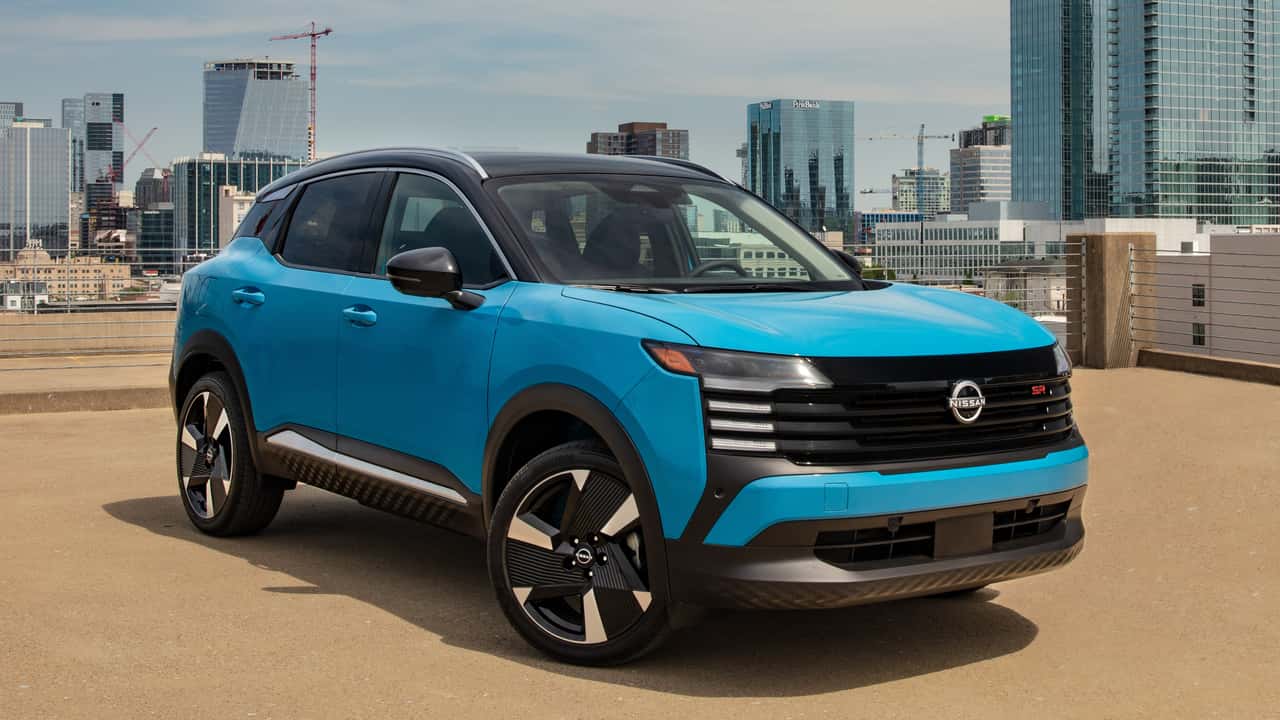When President Trump revealed his identification plans for cars and auto parts in April, He said, “You will see the prices fall.” Unfortunately, reality is different. A new study from Cars.com In the stock of agents in the first half of 2025 it indicates that the saving of new cars less than $ 30,000 slows down.
The study indicates that the sector is less than $ 30,000 is the most exposed to tariffs, as 92 % of the models within them are imports. Only two, Honda Civic and Toyota Corolla, were built in the United States, and even then, some Corolla and CIVIC variables come from outside the United States. In terms of agents’ stocks, the sector has seen 3.9 % growth on an annual basis (YOY), but this fails to increase 5.6 % in YOY for the inventory of new cars.
The study also showed that traders stored in stock before the customs tariff began in April, and increased sales in March and April, an increase of 3.9 % year on an annual basis compared to the first half of 2024. This had some interesting effects. There were more vehicles used as a result of trading from customers looking to enter a new car before the definitions reached, and these cars started selling quickly. The prices of used cars decreased slightly in the first quarter of 2025, but increased by 1.6 % on an annual basis in the second quarter.
Now, the saving new cars is diminished before the conflict, and this, the study says that we must expect an increase in prices. To date this year, the average price of new cars has increased by only $ 97, but the UK vehicles have received more than $ 10,000 more expensive. Meanwhile, the cars that were built in the European Union witnessed an average increase of about $ 2,500. Chinese, Canadian and Korean cars have witnessed low prices, as did the United States’s cars, at a value of $ 200 on average.
In the second half of 2025, we can expect high prices and smaller demand. “The frequency of sales and inventory movement will be adopted on the scale of customs tariffs, as the auto manufacturers are likely to adjust production to match a smaller and more sensitive buyer.”
Cars.com has some other interesting ideas. She wiped EV buyers, and 53 % of the respondents said that federal tax credits were a major reason for buying their cars. With both credit of $ 7,500 for the new EVS and $ 4000 credit for EVS used after September, this will have a significant impact on the ability to withstand costs. The study says it may be “difficult” to keep a 28 -month momentum from the growth of the successive EV stock. Cars.com also believes that the market for EVS used is the bottom.
The study also indicates that car manufacturers increase the production of low and higher vehicle scores, with medium -level scores appearing small. It is clear that low insects are attractive to more prices sensitive to prices, especially in a world of increasing prices in general, while the highest shirts are more profitable. It seems that converting a model mix may reduce some of the effects of definitions.

